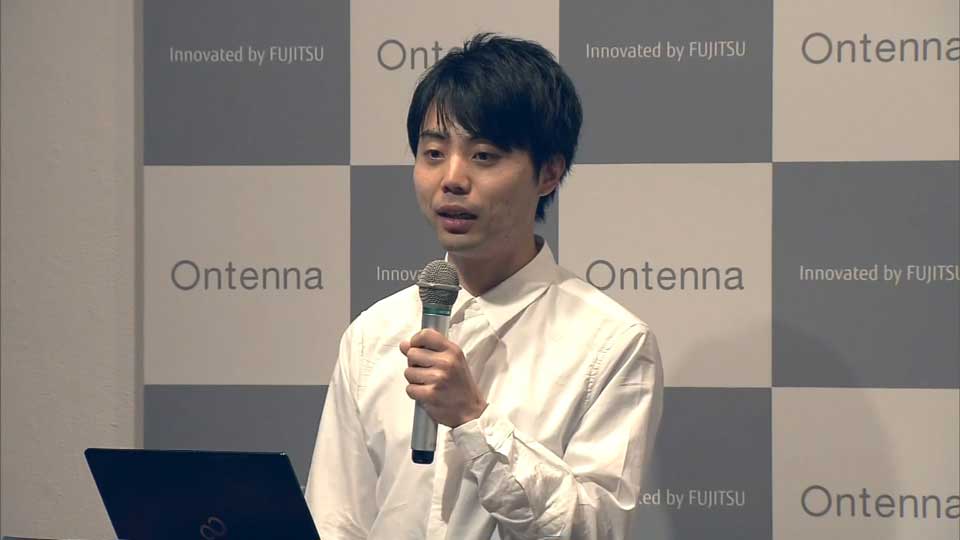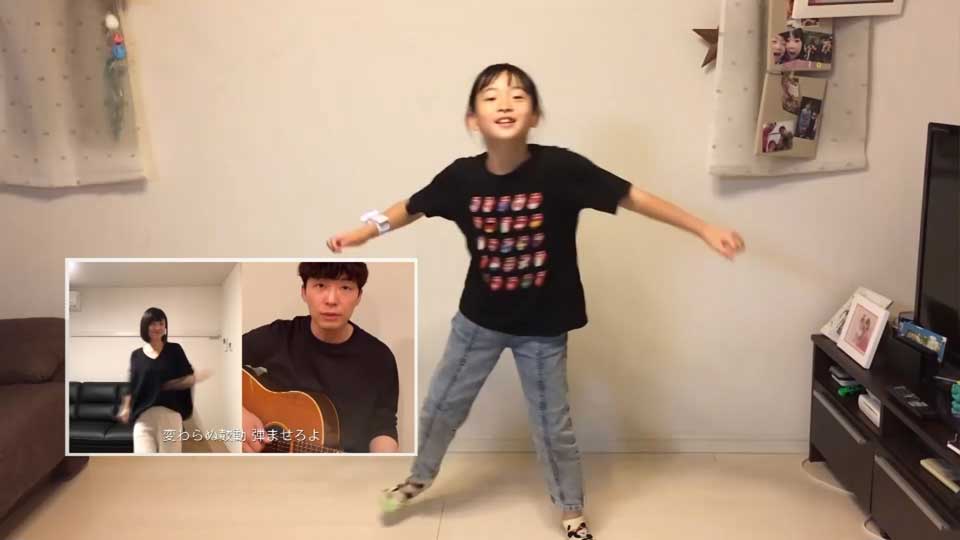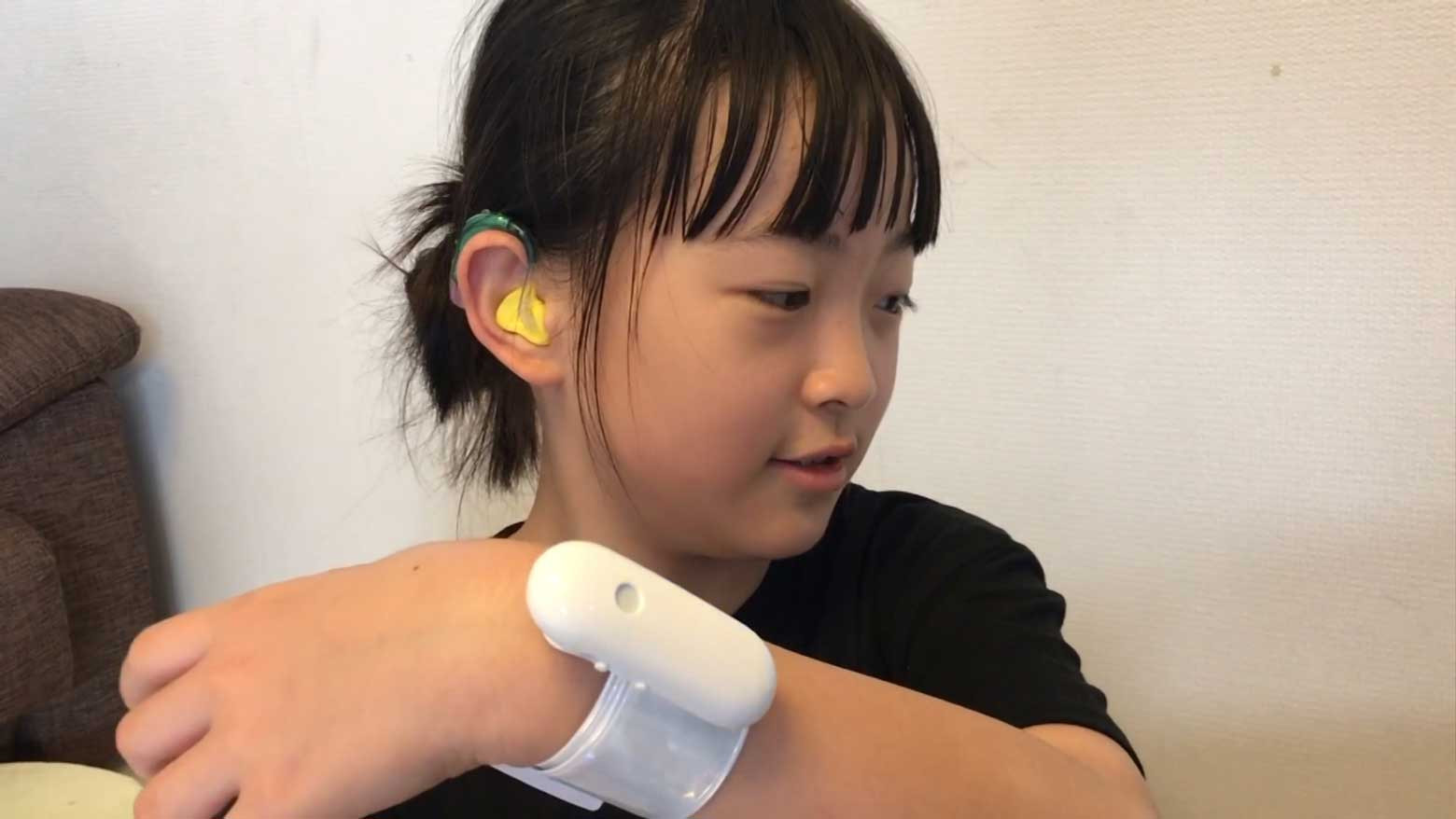Honda's creation, the Ontenna, allows hard-of-hearing people to feel sounds in a different way. It is a wearable device that clips onto clothing, or is used as a hair fastener, and translates sounds into 256 levels of vibrations and lights: the louder the sound, the stronger the vibration and brighter the light. It also notifies the hearing impaired of incoming phone calls and emails.
After graduating, Honda worked on its development and sought opportunities to sell the device. Tech giant Fujitsu offered financial and logistical support, setting him up as the head of an in-house development team. The Ontenna was launched by the company last year.

Kamimoto Eri uses an Ontenna. She is a member of a performance group called Slow Label which is made up of people with and without disabilities.
Kamimoto has been hearing impaired since birth and depends on visual cues for her performances. Until she tried the Ontenna, she needed someone next her signaling the beats. Now, she says she can move more freely and sing with other members.

Honda has distributed the Ontenna to 70% of Japan's schools for the hearing-impaired. But during the schools' shutdown caused by the coronavirus pandemic, students were stuck at home.
Munemasa Niko, 10, said she spent most of that time at home and hardly went out. Honda discovered that many students like her had fewer opportunities to enjoy physical exercise.
He created an activity so they could dance at home, using the song "Dancing on the Inside" by the popular musician Hoshino Gen. The piece encourages people to enjoy themselves, even if they have to stay at home, offering them a creative outlet to have fun.
Honda needed to modify the Ontenna because the complexity of the song meant the device would send a confusing mess of vibrations to the students. So he programmed the clip with just the beats of the song.
Honda put the subtitles on the screen so that children could understand the lyrics as well.
A professional hearing impaired dancer, Emi, helped him and choreographed the song.

Honda delivered the specially programmed Ontenna to Niko and it was a big hit. She was able to dance by herself by feeling the vibrations and watching Emi's movements. Niko said she danced for two hours.
"Until now, the thinking has centered on how to get people with disabilities to do the same things as able-bodied people, with a focus on how to minimize their disabilities," Honda says. "But through technology, we can create completely new and different values that will make it irrelevant whether a person has disabilities or not."


